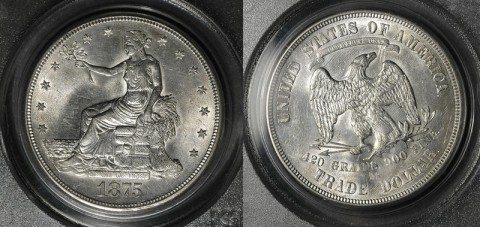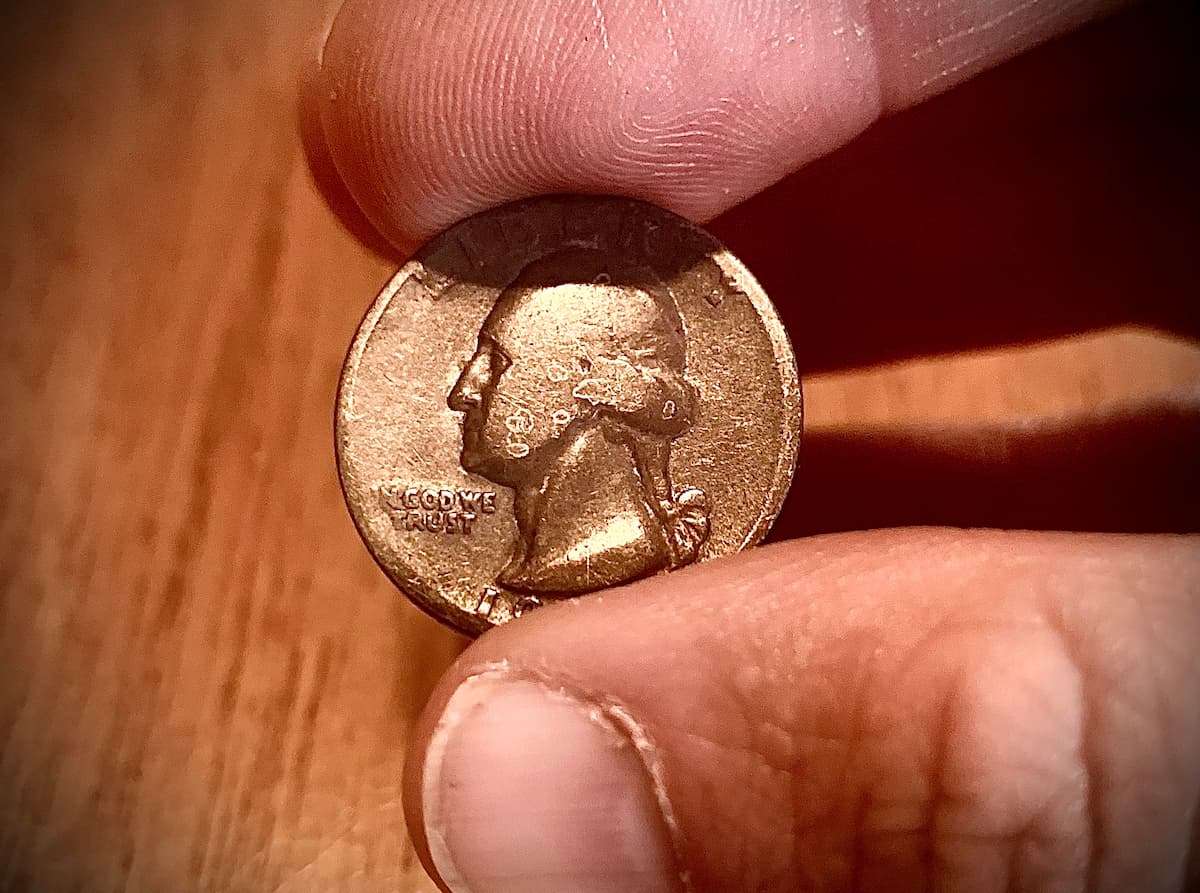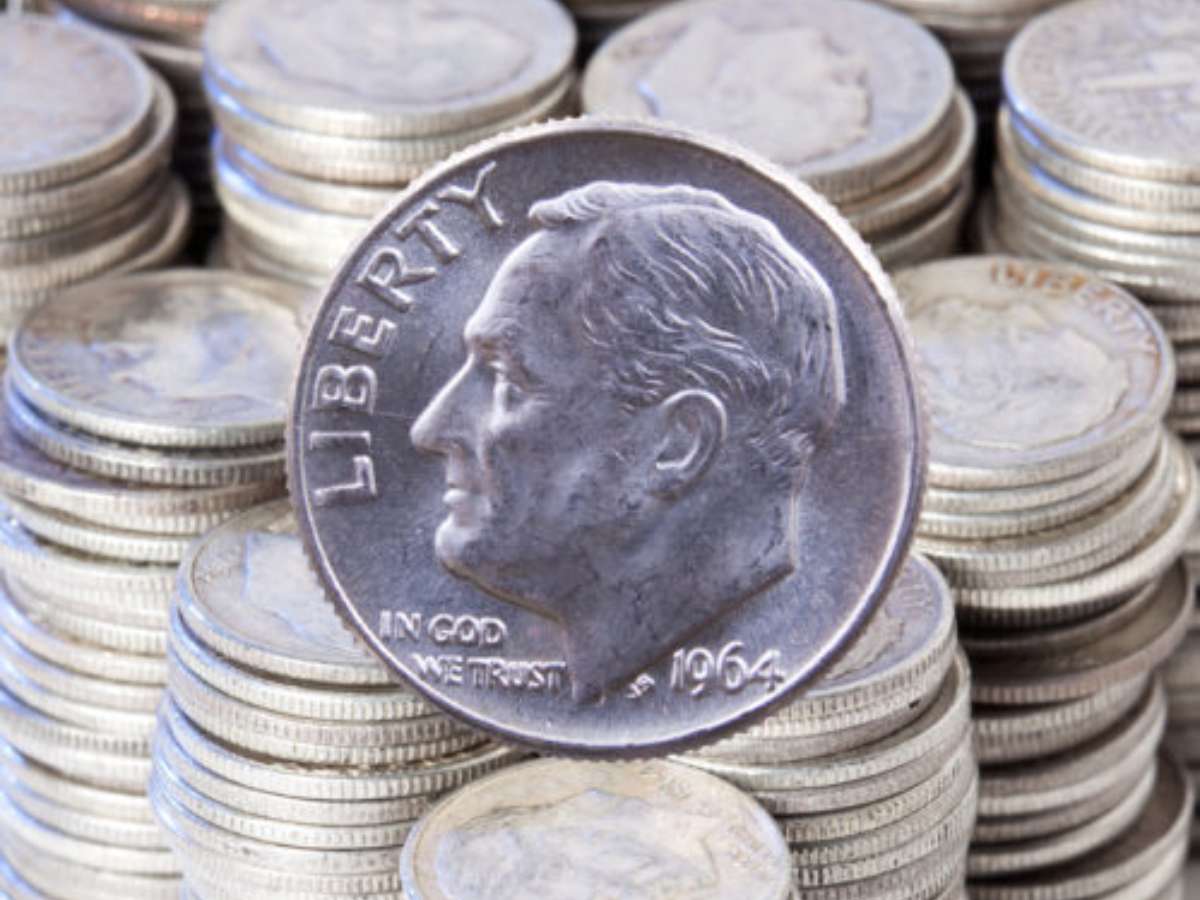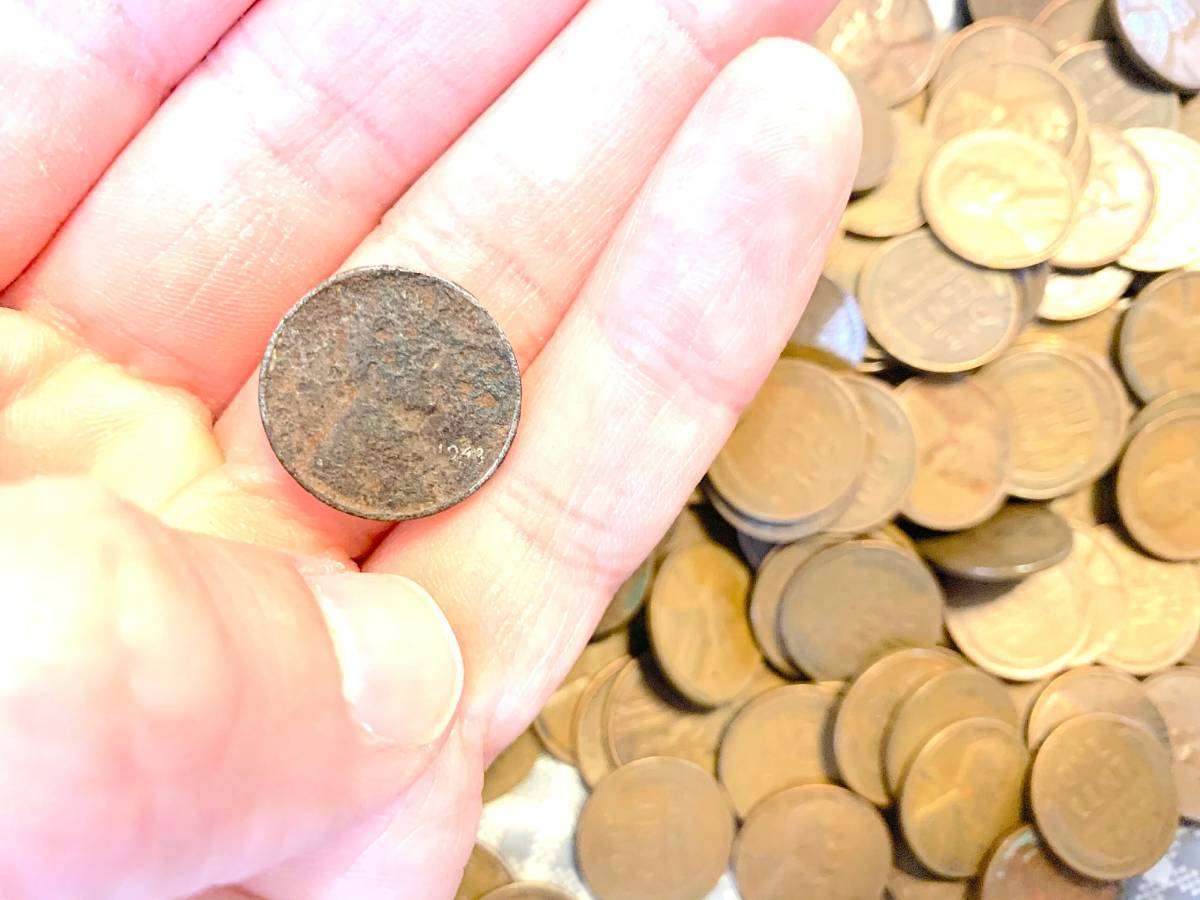 Most U.S. silver dollars have been designed and produced for the primary purpose of circulation for and within U.S. domestic commerce.
Most U.S. silver dollars have been designed and produced for the primary purpose of circulation for and within U.S. domestic commerce.
That is, most U.S. coins (silver or not) are intended to be used for trade for goods and services within the United States.
However, the 19th-century silver U.S. Trade dollar is a silver coin quite unlike the coins that most U.S. collectors are used to seeing.
The Trade dollar was a silver coin intended for exchange, export, and circulation purposes within Asia — China in particular.
Here’s everything you want to know about U.S. Trade dollars…
Trade Dollars vs. Silver Dollars
Trade dollars have long been an interesting collector’s item.
They were struck from 1873 to 1885:
- Business strikes of Trade dollars (those that were intended for circulation) were made from 1873 through 1878.
- All Trade dollars from 1879 through 1885 were struck as proofs.
The Morgan silver dollar and Peace silver dollar (struck 1878 to 1921 and 1921 to 1935, respectively) have long been the conventional silver dollars that most collectors and non-collectors alike are familiar with.
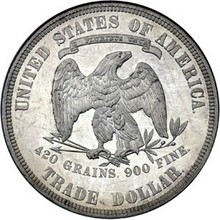 But Trade dollars represent a colorful twist to the U.S. silver dollar realm.
But Trade dollars represent a colorful twist to the U.S. silver dollar realm.
Trade dollars actually contain more silver by weight than typical U.S. silver dollars:
- The usual U.S. silver dollar has .7734 ounces of pure silver.
- Trade dollars contain .7874 ounces of pure silver.
The overall weight difference between U.S. Trade dollars and other U.S. silver dollars is 420 grains versus 412-½ grains (or 27.22 grams versus 26.73 grams). However, the diameter is the same for both the U.S. Trade dollar and other U.S. silver dollars: 38.1 millimeters.
U.S. Trade Dollars As Legal Tender
Trade dollars were originally granted legal tender status (up to $5) for U.S. domestic use.
In 1876, however, the U.S. Congress removed the legal tender provision for Trade dollars and the coin was produced for the express purpose of meeting the needs and demands of the U.S. Trade dollars overseas.
It would not be until 106 years later — in 1982 — that Trade dollars would again become U.S. legal tender.
Rare U.S. Trade Dollars
While U.S. Trade dollars are fairly common as type coins, there are several dates which are genuinely scarce, and a few which are downright rare.
Trade dollars dated from 1879 through 1885 are the rarest. Roughly 6,500 Trade dollars were struck during those years combined. In fact:
- Only 10 U.S. Trade dollars were made in 1884.
- Only 5 U.S. Trade dollars were made in 1885.
Some issues saw well more than 1 million pieces made — such as the 1874 CC (Carson City), 1874-S (San Francisco), 1875-S, 1876-S, 1877-S, and 1878-S — but most dates saw production levels well under 1 million.
Chop Marks On Trade Dollars
U.S. Trade dollars are popularly collected one of 2 ways:
- Without chop marks
- With chop marks
Chop marks are characters (usually Chinese characters) that were stamped into Trade dollars:
- Some chop marks are Chinese characters which bear advertisements from merchants.
- Some chop marks resulted from merchants and bankers testing the coins for authenticity.
While some coin collectors don’t like chop marks on their Trade dollars (ordinarily, chop marks lower the value of the coin), many other coin collectors love the chop marks.
Some Trade dollars have half a dozen or more chop marks!
Authenticating Trade Dollars
Speaking of authenticity, you want to make sure that the Trade dollars you buy or own are authentic!
It’s recommended that you only buy Trade dollars from reputable dealers.
If you don’t know who to buy your Trade dollars from, then be sure you purchase slabbed Trade dollars which have been graded from a major certification service like:
- PCGS (Professional Coin Grading Service)
- NGC (Numismatic Guaranty Corporation)
- ANACS (American Numismatic Association Certification Service)
There are also many other reputable third-party coin grading services.
Trade Dollar Values
To obtain a nice-quality, representative example of a Trade dollar, prepare to spend at least $125 to $150.
All Carson City issues set buyers back at least $200 to $250 — even in heavily worn grades.
Proof issues without wear are worth over $1,500 each.
The 1884 and 1885 issues, which are extremely rare, turn up in auctions with winning bids of more than $250,000 and $1.5 million, respectively.
More About Trade Dollar Coins
In addition to the links I’ve included above, here are some other resources to help you learn more about U.S. Trade dollars:
- Chop Marks On Trade Dollars
- PCGS Trade Dollar Prices
- U.S. Trade Dollars Are One Of The Most Counterfeited Coins

